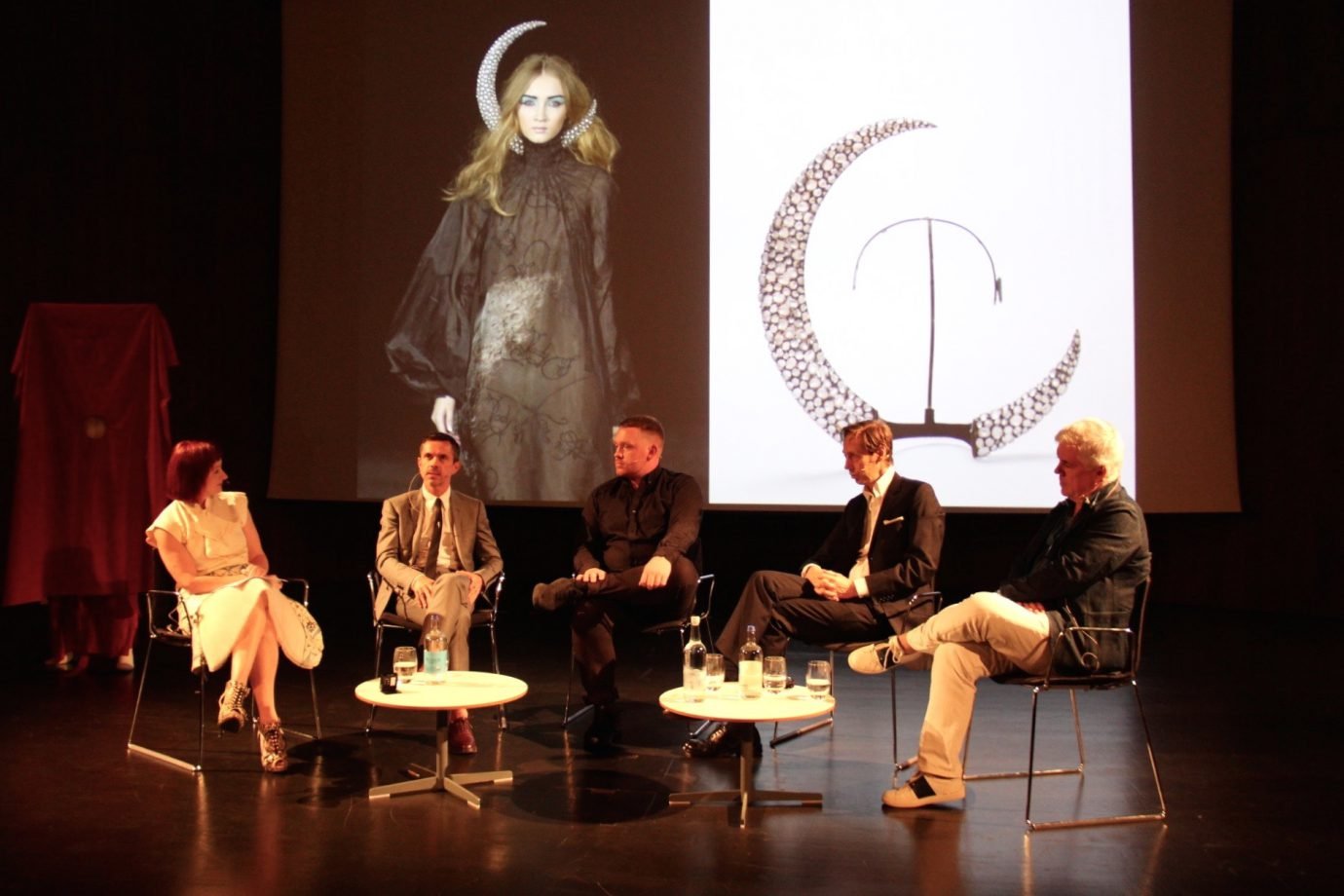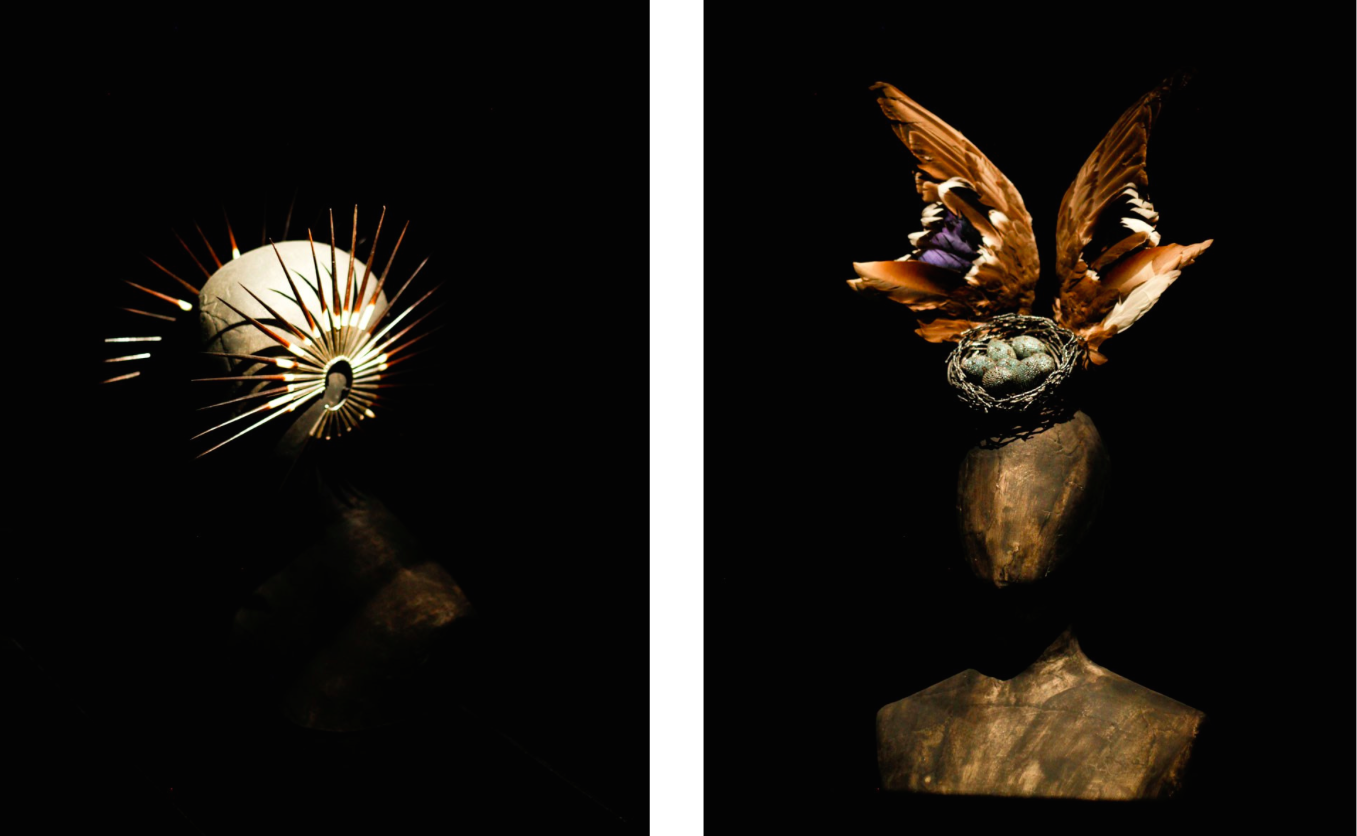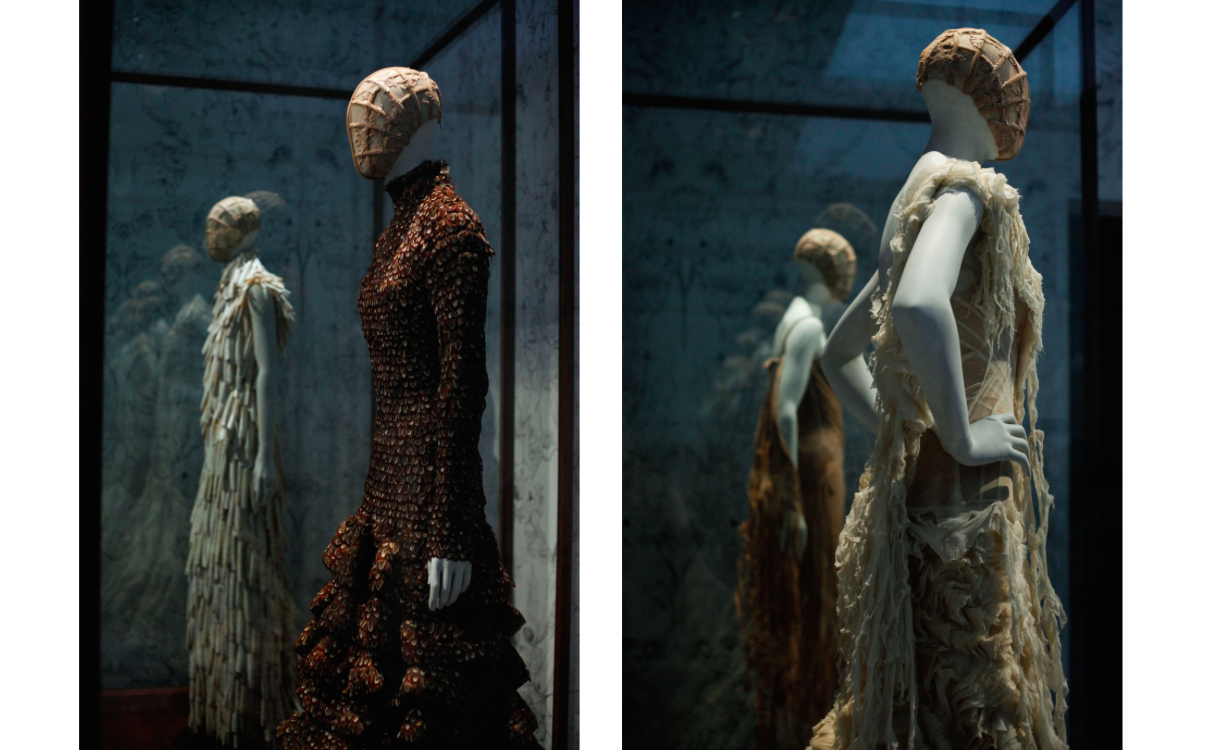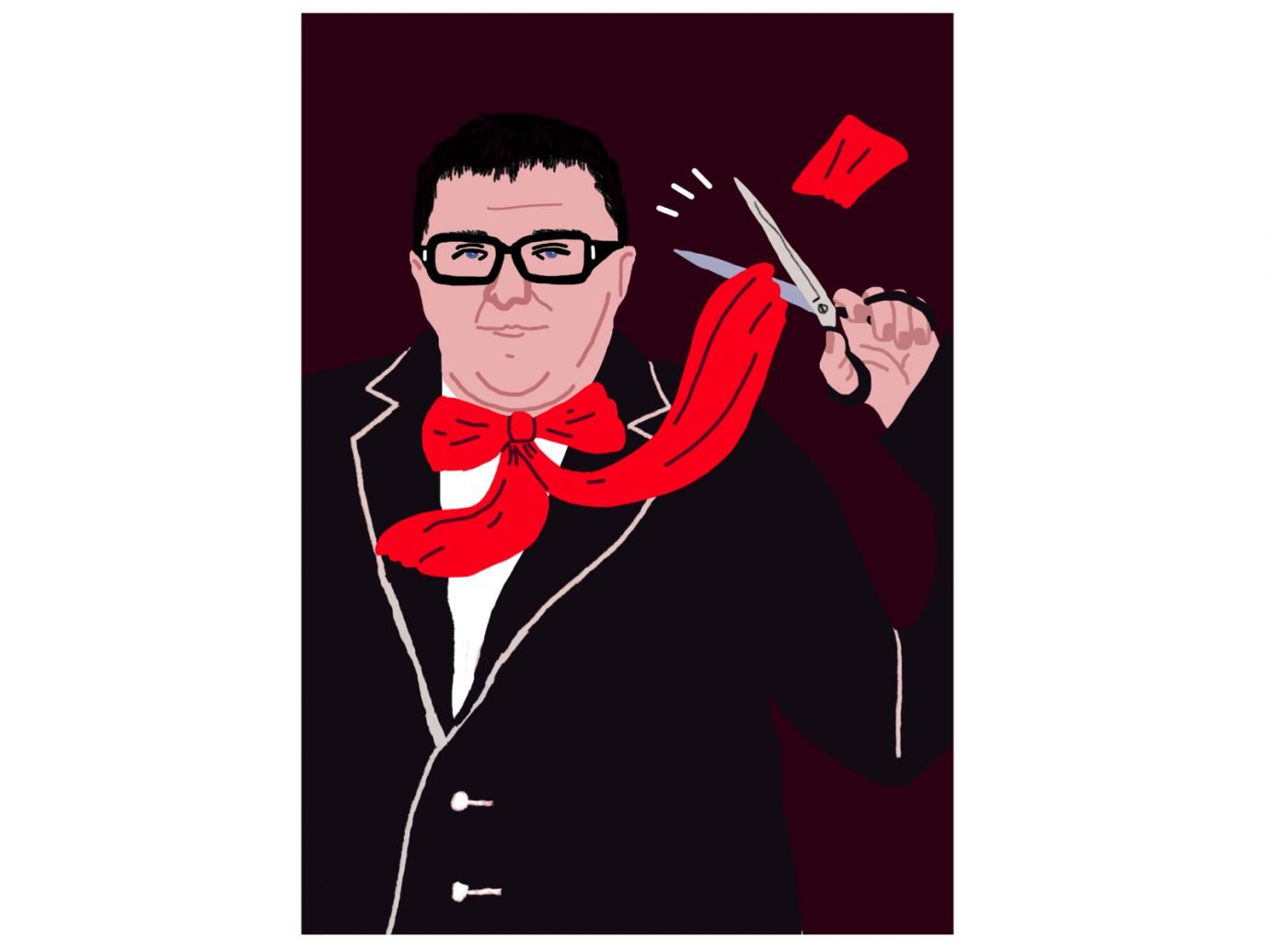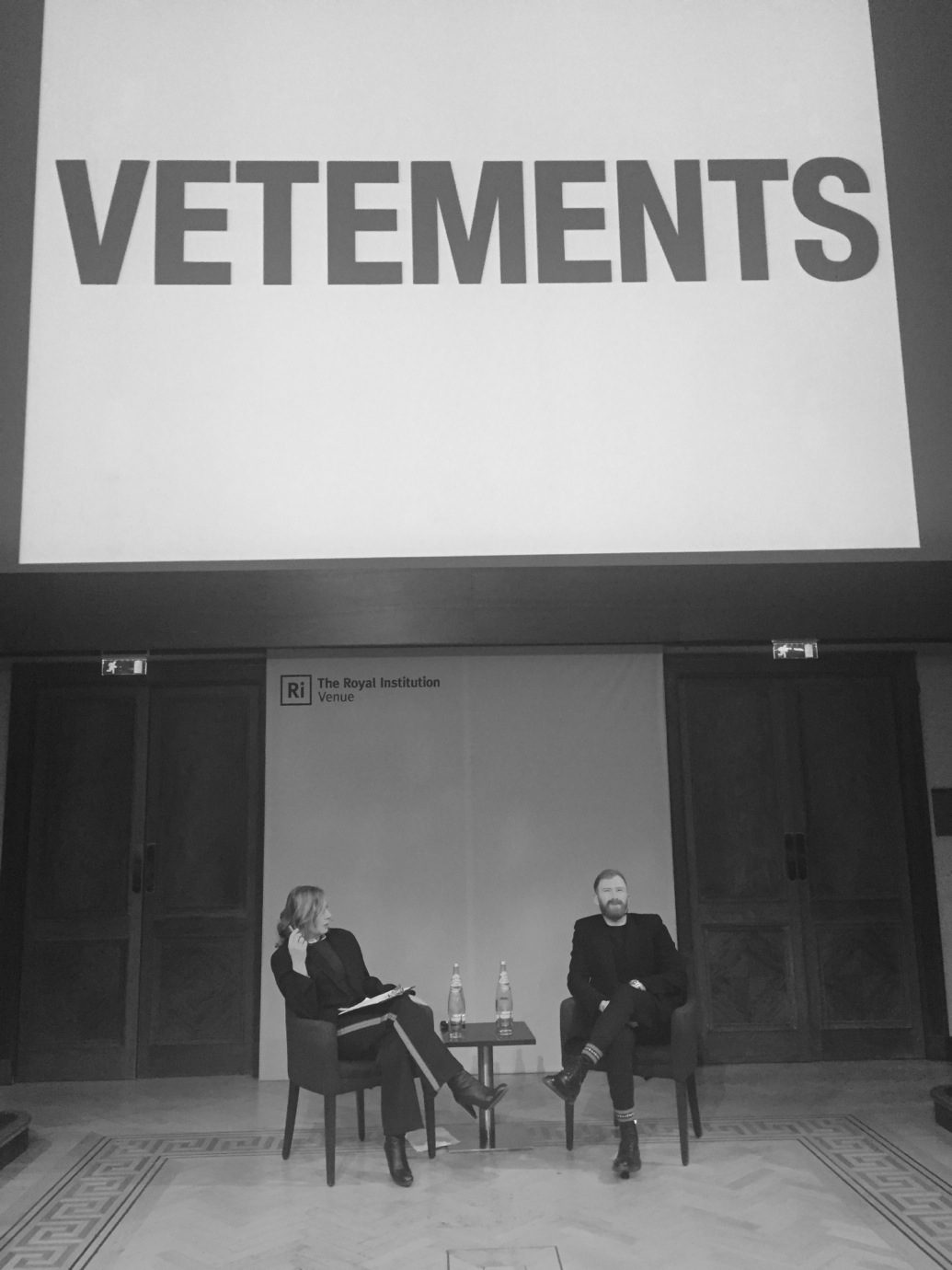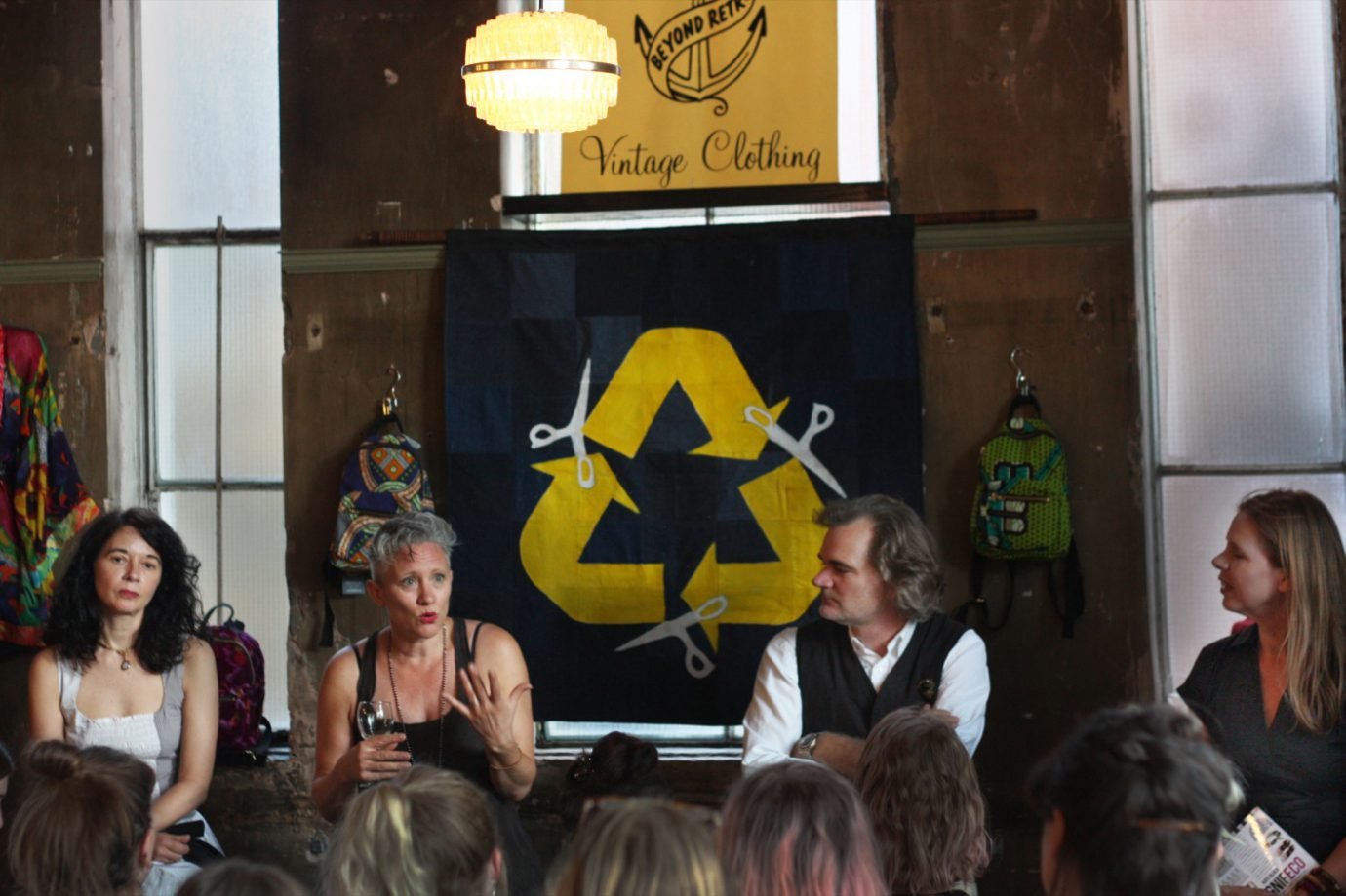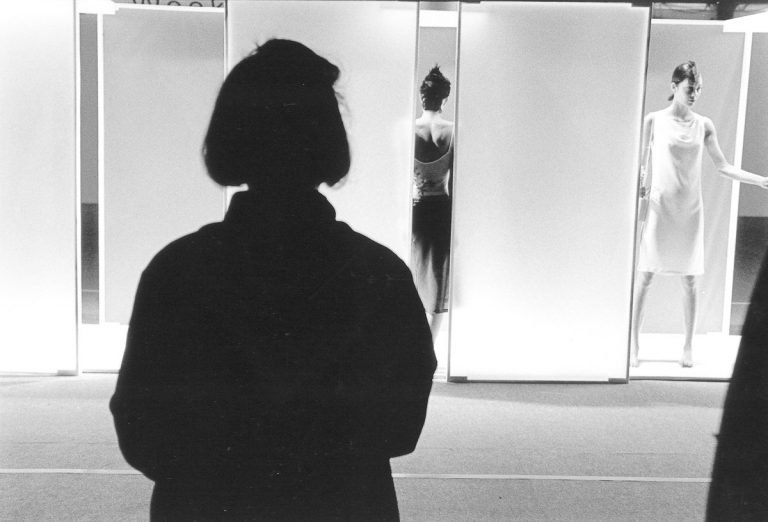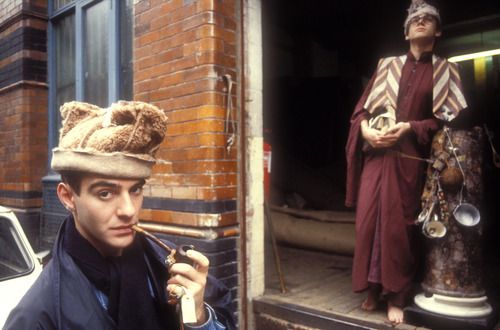We picked five of the most interesting topics covered during the talk, which focused on elements of the industry’s future and the reconciliation of fashion as an art and as a business.
The Savage Beauty exhibition was held at the Victoria and Albert Museum in 2015 to celebrate the creativity and innovativity of Lee Alexander McQueen. To commemorate both McQueen and the exhibition that happened a little over a year ago, jeweler Shaun Leane, CEO of Mary Katrantzou – Trino Verkade, designer Craig Green, and photographer Nick Knight joined Tim Blanks in a conversation about balancing business with creativity and challenging the notion of fearlessness in design today. The Sarabande Foundation was established by McQueen to financially support designers who are ‘fearless’ in their approach to creativity; this emphasis was evident throughout his entire career, and was something very close to his heart.
1. Constraints and creativity
“It’s amazing, the support that there is in London to keep you on the right path to make a sustainable business. I think my first collection cost me just under £3000 for 18 looks. The main material was washed calico that we painted, and it was sort of like a ‘make something out of nothing’ approach. There are limitations, but you make-do and you start thinking about what the best you can do is. It’s expected of people these days to be both business-minded and be producing designs. When you first start to make clothes, you are pressured to create a product that will sell – especially in fashion today – but it’s important to remember to keep the spirit of creating despite the limitations.” – Craig Green
2. Fearlessness and collaboration in design
“The work that we did in the Savage Beauty exhibition was to really appreciate what Lee achieved during his time, which was creating something incredible and special. The Foundation that has been set up for Sarabande follows on from the philosophies and ideals to find fearlessness in design, which was integral to Lee’s approach in creativity. Collaboration has been equally important in the work he created, because the idea of collaboration is to push yourself and come up with something you haven’t thought about before.” – Trino Verkade
3. Speed of the fashion industry
“There seems to be a real desire to swoop up undergraduates almost as soon as they have graduated, and expect their work to be selling for hundreds and thousands of pounds. Many of these graduates are in their 20s. An artist’s life is 60, 70 even 80 years – artists should be able to create works throughout that time. Today, there is a real demand for something new all the time. People get bored with what they see, and when they see it so much, they want something else.” – Nick Knight
4. Slow culture
“The real worry in craft culture, is that you get a lot of people with vision but no craft. There is a key thing missing, because of the speed of things that are happening and the need to be instantly recognised. There has been a sense of a slowing down culture, which has been thriving recently. It’s a more human way to look at what creative people do, and this is where I think the notion of fearlessness comes in. You have to be brave enough to stop the merry-go-round.” – Tim Blanks
5. Fragility and sensitivity
“Huge corporations often view fashion as a lucrative thing and put pressures on designers to match the demand of the public, which can often have tragic results – such a Lee’s suicide. Artists are fragile and sensitive to the world around them, but they’re not businessmen. When you push designers to create more and more collections, you get designers basically opting out of the system, which is what we are seeing now. They’re not choosing designers; they are choosing brand leaders – replacing designers with buyers and visionaries.” – Trino Verkade
Thoughts on the talk? One Sarabande designer shared her opinion with us:
“WHEN YOU APPLY FOR A JOB EVERYONE WILL ASK YOU FOR A BUSINESS PLAN, BUT IT IS REALLY HARD TO PUT ONE TOGETHER BEFORE YOU EVEN START YOUR BUSINESS. ESPECIALLY KNOWING HOW MUCH EVERYTHING IS GOING TO COST AND ACTUALLY HAVING TO PAY FOR ALL THE RESOURCES. IT WAS NICE TO HEAR CRAIG GREEN SAY HE DIDN’T HAVE A BUSINESS PLAN UNTIL NOW, EVEN THOUGH HE HAS BEEN VERY SUCCESSFUL.”

